Home>Ideas and Tips>How To Choose And Install The Right Bathroom Sink For A Pedestal Vanity
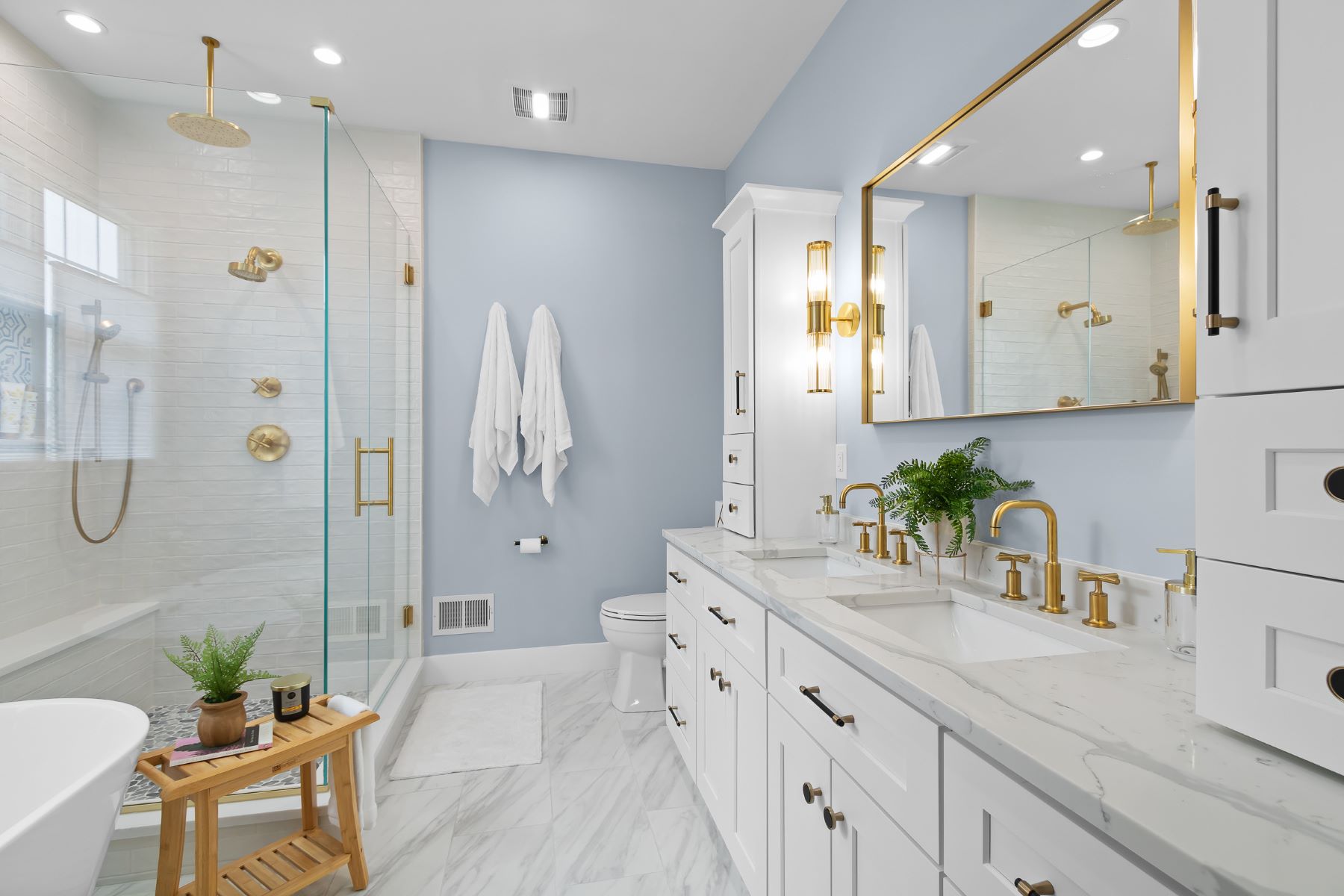

Ideas and Tips
How To Choose And Install The Right Bathroom Sink For A Pedestal Vanity
Modified: September 2, 2024
Learn how to choose and install the perfect bathroom sink for a pedestal vanity with our comprehensive guide. Enhance your bathroom's style and functionality.
(Many of the links in this article redirect to a specific reviewed product. Your purchase of these products through affiliate links helps to generate commission for Storables.com, at no extra cost. Learn more)
Choosing the right bathroom sink is a crucial step in any bathroom renovation or remodeling project. The sink is often the focal point of the bathroom, and it can significantly impact the overall aesthetic and functionality of the space. When paired with a pedestal vanity, the sink can either enhance or detract from the bathroom's design. In this article, we will guide you through the process of choosing and installing the perfect bathroom sink for your pedestal vanity.
Consider Your Lifestyle and Needs
Before diving into the various types of sinks available, it's essential to consider your lifestyle and needs. Here are a few key points to keep in mind:
-
Family Use: If you have a family, you'll want a sink that is easy to clean and maintain. Undercounter sinks are excellent for busy families because they provide a seamless, clean look and allow water and spills to be wiped directly from the countertop into the sink without any obstruction.
-
Guest Bath: For guest bathrooms, pedestal sinks are often a good choice. They offer a sleek, sophisticated look and can visually enlarge a room while enhancing its appearance.
-
Storage Needs: If you need additional storage space, consider sinks that come with built-in cabinets or vanities. However, if you're using a pedestal sink, you'll need to plan for storage elsewhere in the bathroom.
Types of Sinks
There are several types of bathroom sinks available, each with its own set of advantages and disadvantages. Here’s a detailed look at some of the most popular types:
Pedestal Sinks
Pedestal sinks are a classic choice for bathrooms, particularly in powder rooms or guest bathrooms. They offer a traditional, elegant look and are aesthetically pleasing. The pedestal under the sink conceals any pipework, giving your bathroom a more classic feel.
Pros:
- Aesthetic Appeal: Pedestal sinks provide a stylish design element that can enhance any bathroom theme.
- Space-Saving: They are ideal for small bathrooms where space is limited.
- Classic Look: Perfect for period bathrooms and traditional schemes.
Cons:
- Limited Storage: There is no counter space or storage area under the sink.
- Cleaning Challenges: The gap between the wall and the back of the pedestal can make cleaning around the sink tricky.
Undermount Sinks
Undermount sinks are installed below the cutout in the cabinet or vanity top. They create a seamless, clean look as less of the sink is visible. This type of sink is ideal for busy family bathrooms because it is easy to clean and maintain.
Pros:
- Easy to Clean: Water and spills can be wiped directly from the countertop into the sink without any obstruction.
- Seamless Look: The flat countertop makes it easy to wipe clean and maintain.
Cons:
- Material Limitations: Undermount sinks are not suitable for certain materials like resin, laminate, and natural stone.
- Installation Challenges: Requires precise measurements to ensure a proper fit.
Top-Mount Sinks (Drop-In)
Top-mount sinks, also known as drop-in sinks, sit on top of the counter with most of the sink below. They are suitable for most countertop materials and are less costly to install compared to undermount sinks.
Pros:
- Versatile Installation: Suitable for various countertop materials.
- Cost-Effective: Less expensive to install compared to undermount sinks.
Cons:
- Cleaning Difficulty: You can’t wipe water and spills straight from the counter into the sink.
- Aesthetics: May not provide a seamless look like undermount sinks.
Vessel Sinks
Vessel sinks sit completely on top of the countertop, creating a statement in your bathroom. They are ideal for master bathrooms and powder rooms where you want to create a dramatic focal point.
Pros:
- Aesthetic Appeal: Vessel sinks demand attention and can add a unique touch to your bathroom.
- Deep Capacity: They can hold plenty of water, making them suitable for those who prefer deep sinks.
Cons:
- Planning Required: Careful planning is needed to ensure that the counter height and cabinet height are appropriate to avoid discomfort while using the sink.
- Limited Storage: Due to their height, vessel sinks often lead to less storage space under the counter.
Wall-Mounted Sinks
Wall-mounted sinks are fixed directly to the wall and do not require a vanity or countertop. They save space and provide a streamlined look, making them ideal for small bathrooms or powder rooms.
Pros:
- Space-Saving: Exposes more floor space, visually expanding the available space.
- Easy Cleaning: More of the floor is exposed, making it easier to clean.
Cons:
- Limited Storage: There is no counter space or storage area around the sink.
- Aesthetic Limitations: May not provide additional amenities like storage or counter space.
Measuring Your Space
Before selecting a sink, it's crucial to measure your space accurately. Here are some steps to follow:
- Measure Counter Space: If you're using a vanity, measure the exact dimensions of the counter space where the sink will be placed.
- Check Existing Cut-Outs: If you're replacing an existing sink, check if there is an existing cut-out that can accommodate your new sink.
- Consider Depth: Measure the depth of your sink and ensure it fits comfortably within your available space. Vessel sinks require faucets that are tall enough to clear the lip of the bowl, while shallow sinks need faucets with lower-set spouts to avoid over-splash.
Choosing the Right Faucet
The faucet you choose should complement your sink style and provide functionality. Here are some tips:
- Style Matching: Ensure that the faucet style matches that of your sink. For example, a classic or modern faucet should match the aesthetic appeal of your sink.
- Hole Punching Compatibility: Check if the sink and faucet have matching hole punching (usually center, 4″ or 8″) to ensure compatibility, especially when it comes to vessel sinks.
- Faucet Height: For vessel sinks, choose faucets that are tall enough to clear the lip of the bowl. For shallow sinks, opt for faucets with lower-set spouts to avoid over-splash.
Installation Considerations
Installing a bathroom sink can be a straightforward process if you follow these steps:
- Removing Old Vanity: If you're replacing an old vanity and sink combination, start by removing the old vanity carefully. This will give you access to the plumbing connections and make it easier to install your new sink.
- Preparing the Area: Clear the area around where you'll be installing the new sink. This includes removing any old adhesive or debris from previous installations.
- Mounting the Sink: Follow the manufacturer's instructions for mounting your chosen type of sink (e.g., undermount or drop-in). Ensure all necessary bolts and clamps are securely tightened.
- Connecting Plumbing: Connect the plumbing lines according to your local building codes and manufacturer's instructions. Make sure all connections are secure and leak-free.
- Testing the Sink: Once installed, test the sink by running water through it to ensure there are no leaks or issues with drainage.
Conclusion
Choosing the right bathroom sink for a pedestal vanity involves considering several factors including your lifestyle needs, the type of sink available, measuring your space accurately, selecting a compatible faucet, and following proper installation procedures. By understanding these elements and taking them into account during your selection process, you can ensure that your new bathroom sink not only enhances the aesthetic appeal but also provides functional efficiency in your bathroom space.
Whether you opt for a classic pedestal sink or an undermount design that blends seamlessly into your countertop, each type offers unique advantages that cater to different bathroom styles and requirements. By following these guidelines carefully, you'll be able to choose and install the perfect bathroom sink that meets both your functional needs and enhances the overall beauty of your bathroom.
Remember always to consult professional advice if you're unsure about any aspect of the installation process or if you're dealing with complex plumbing configurations. With careful planning and execution, you'll be able to enjoy a beautifully renovated bathroom that serves both form and function perfectly.
Was this page helpful?
At Storables.com, we guarantee accurate and reliable information. Our content, validated by Expert Board Contributors, is crafted following stringent Editorial Policies. We're committed to providing you with well-researched, expert-backed insights for all your informational needs.
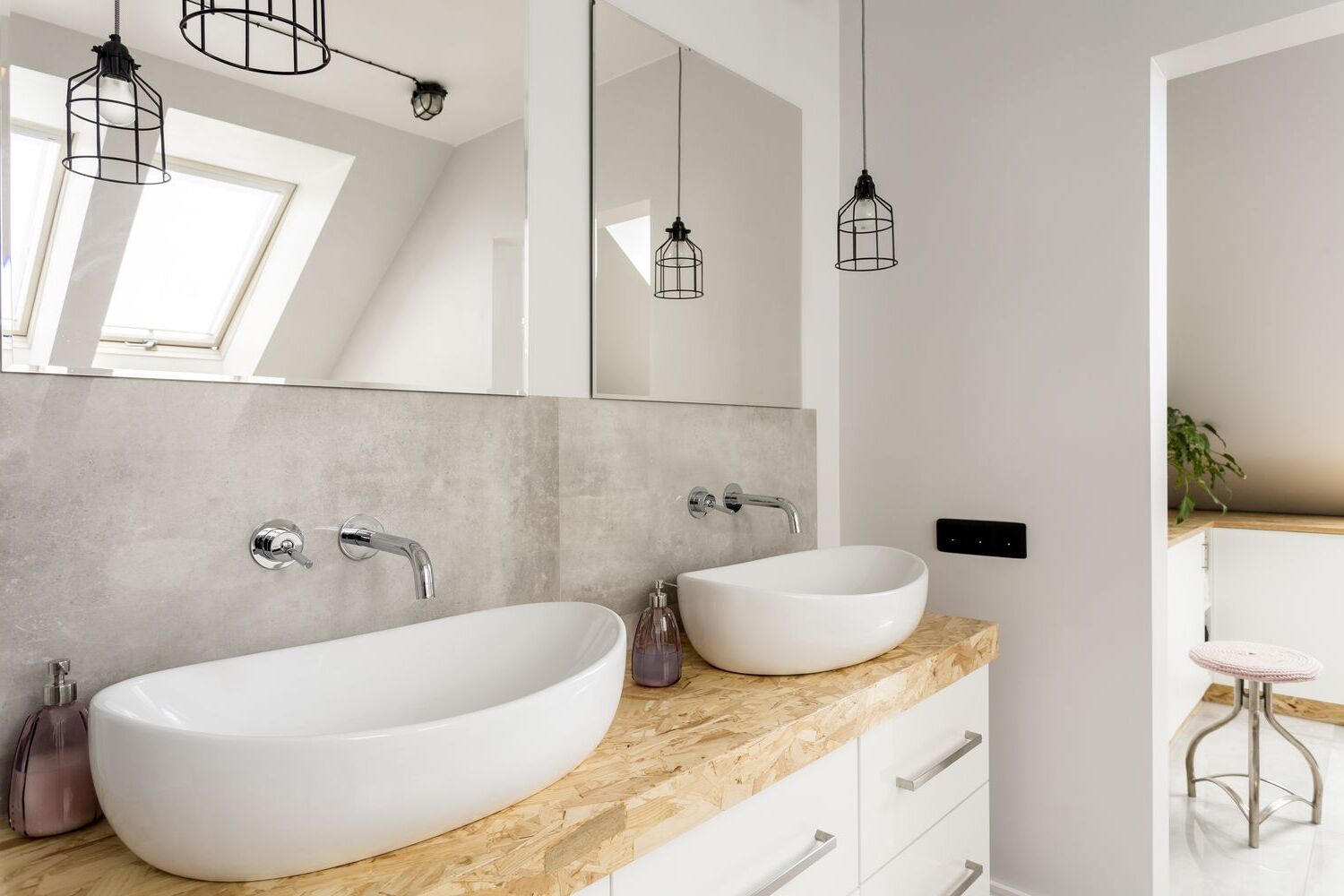
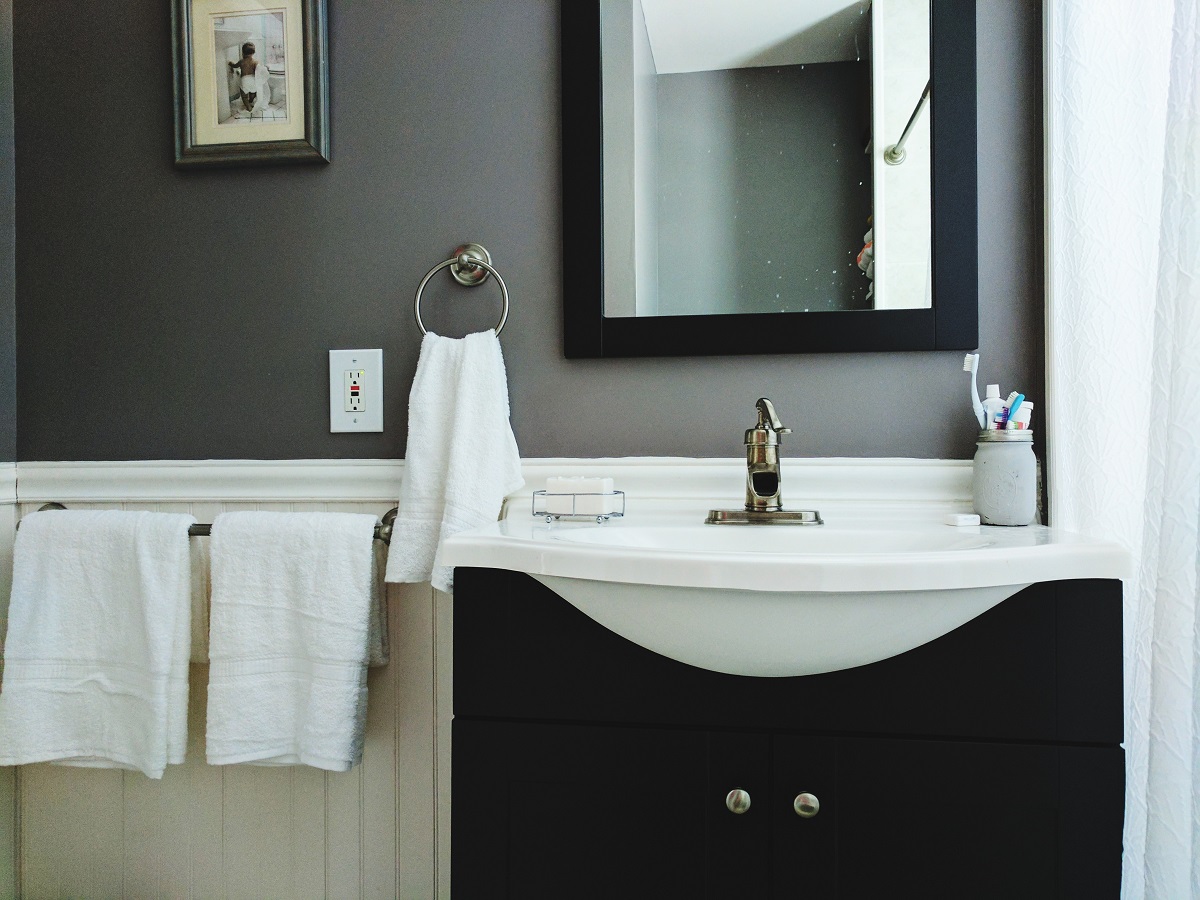
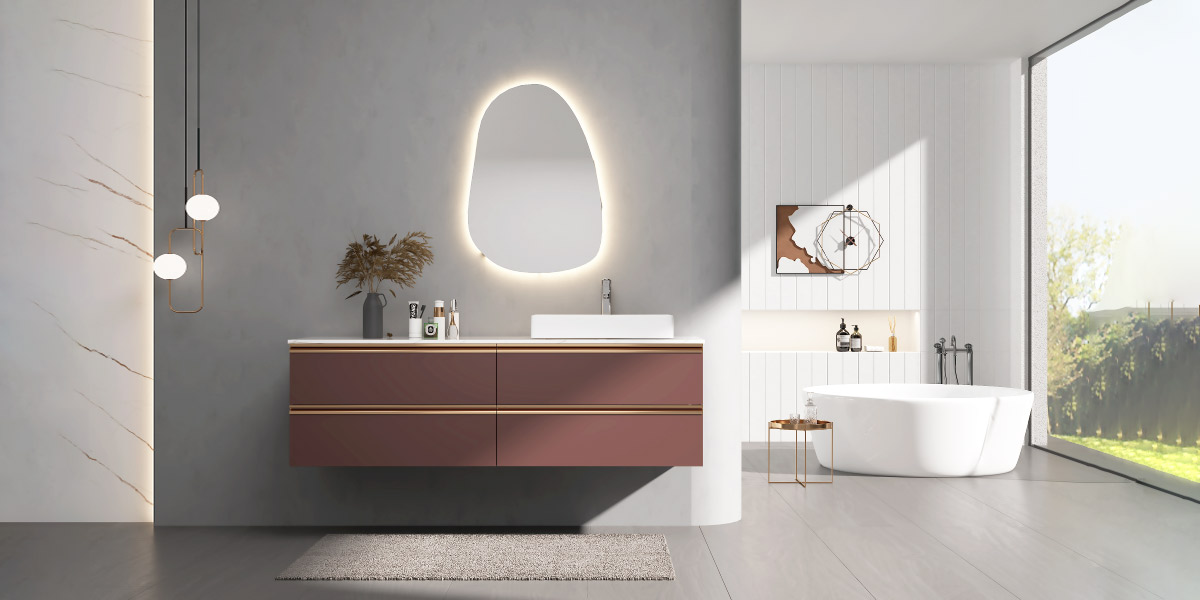
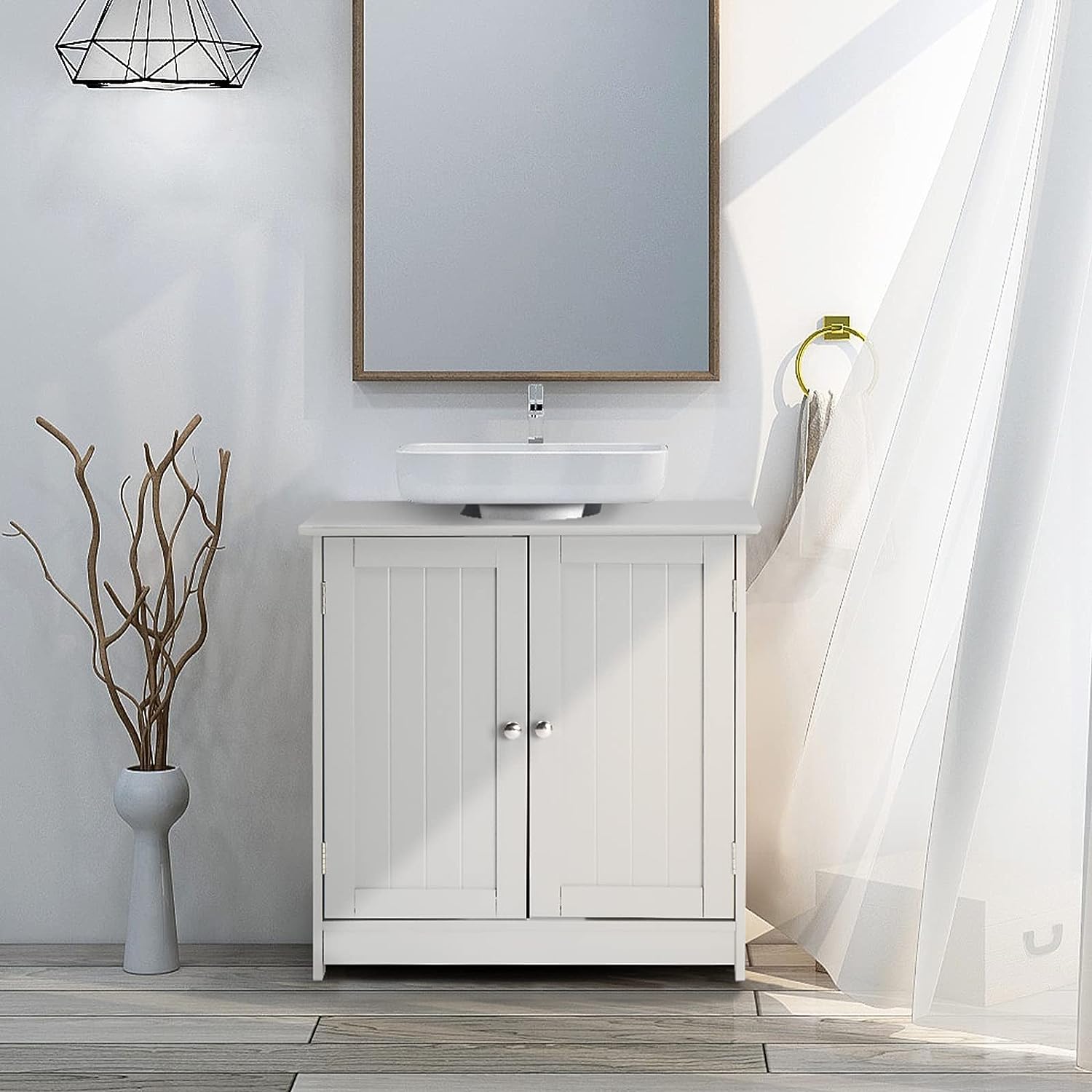
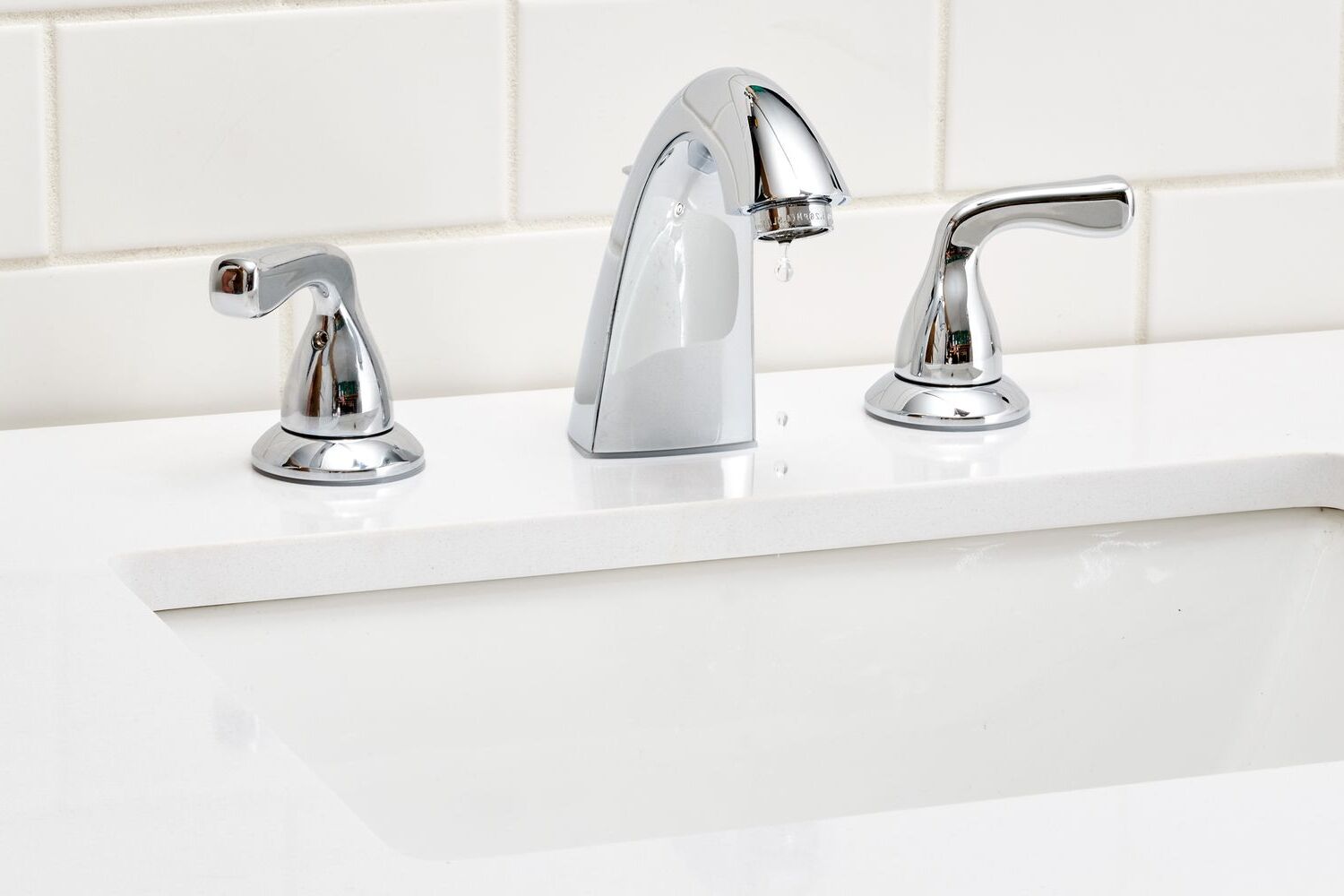
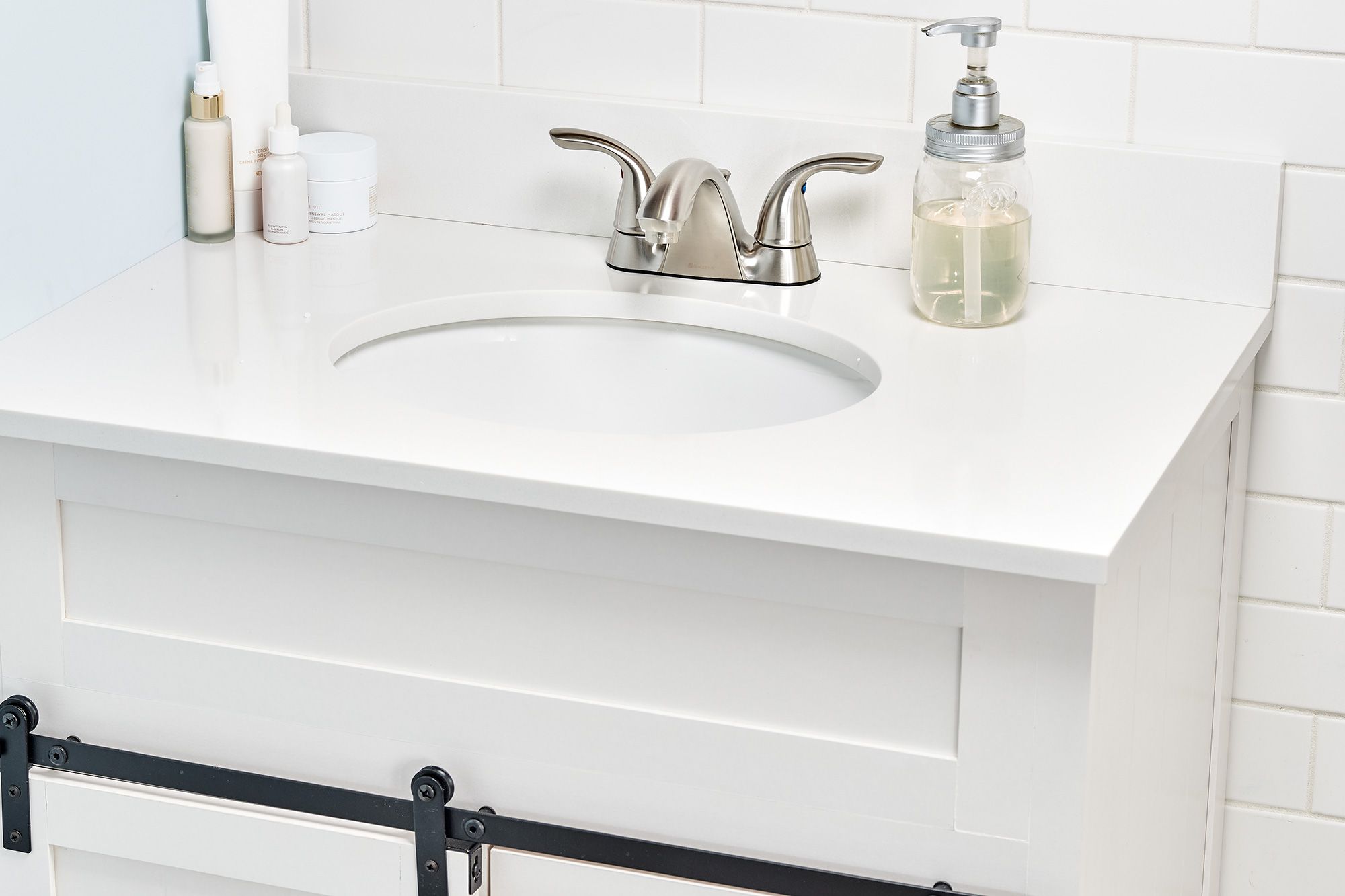
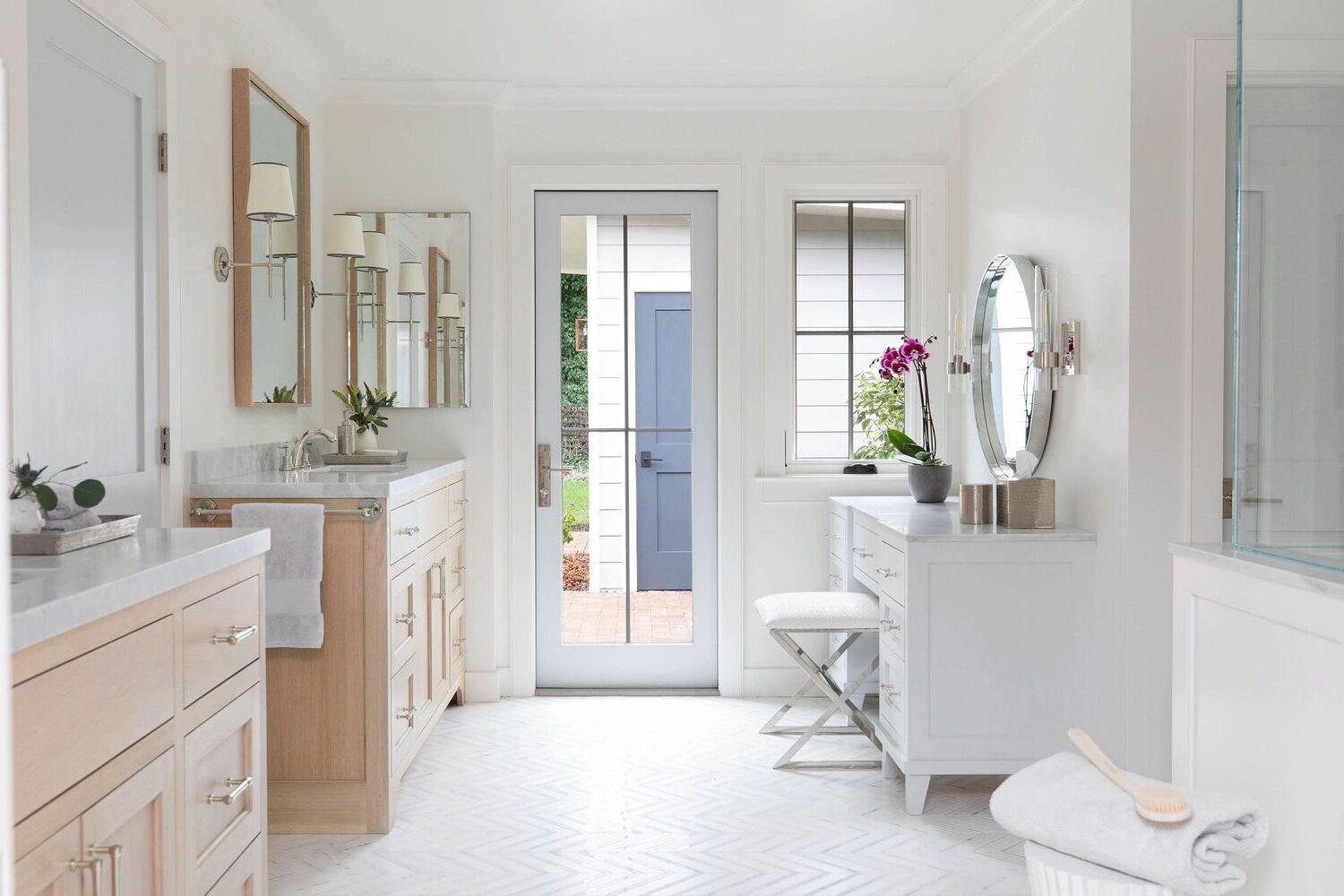
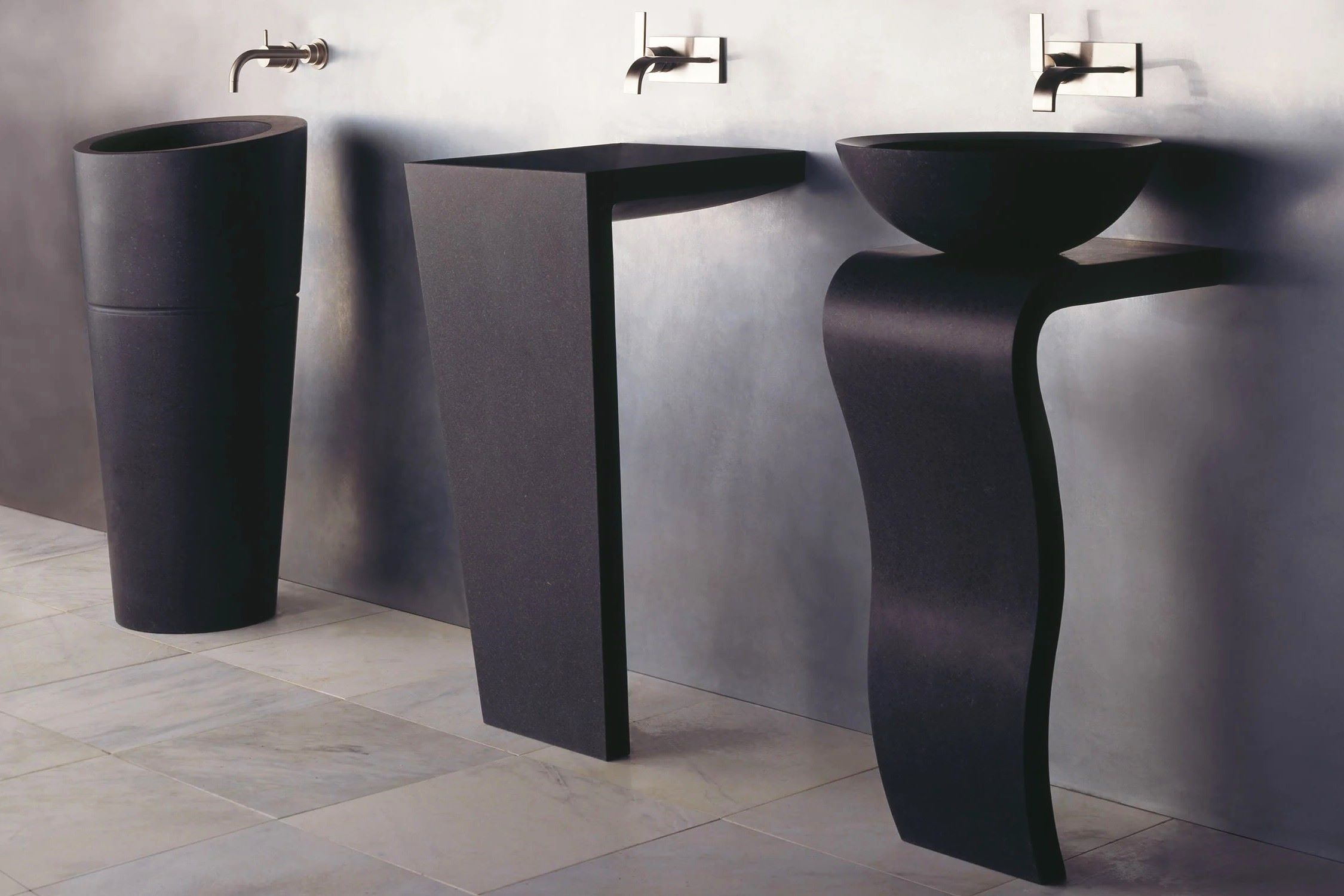
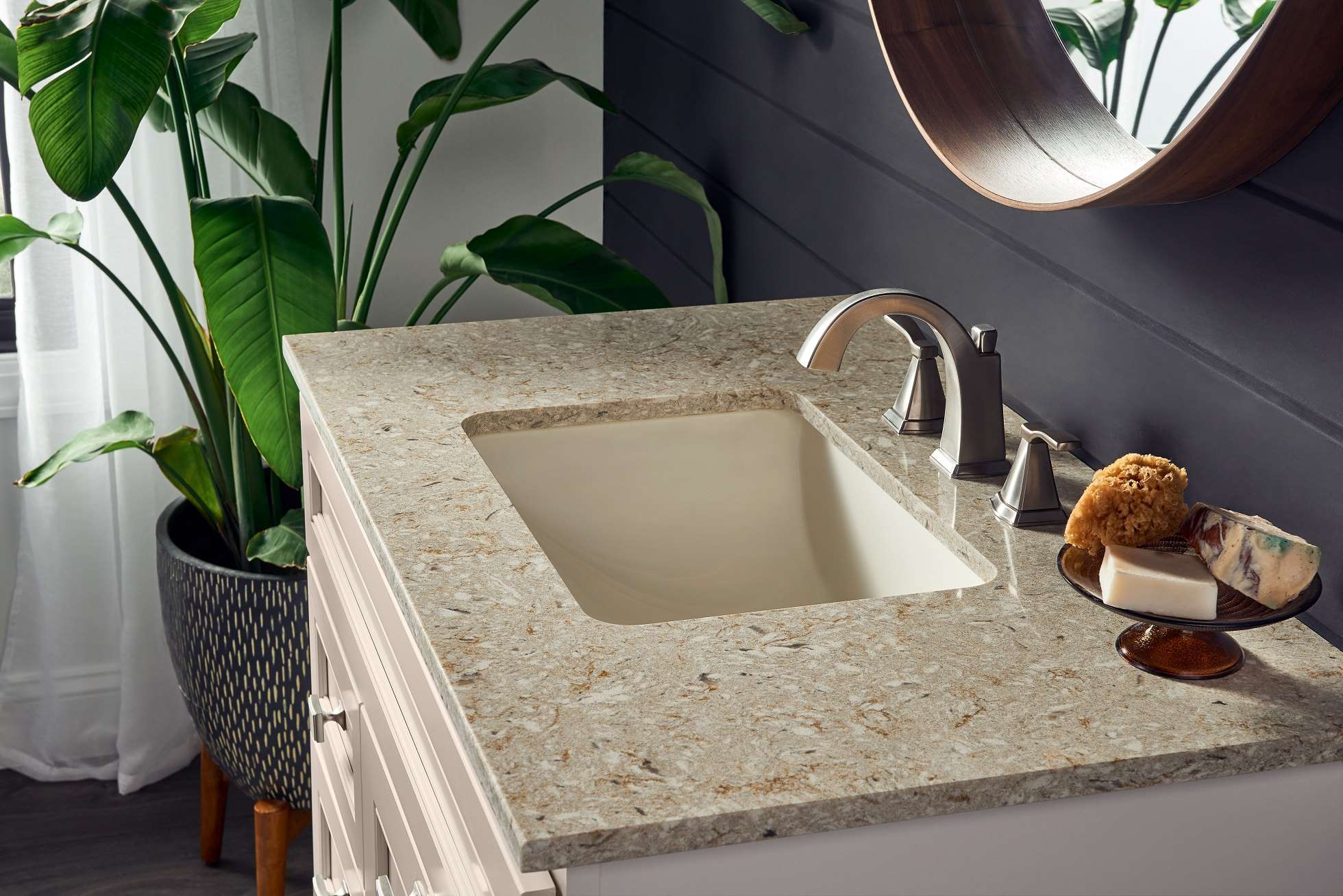
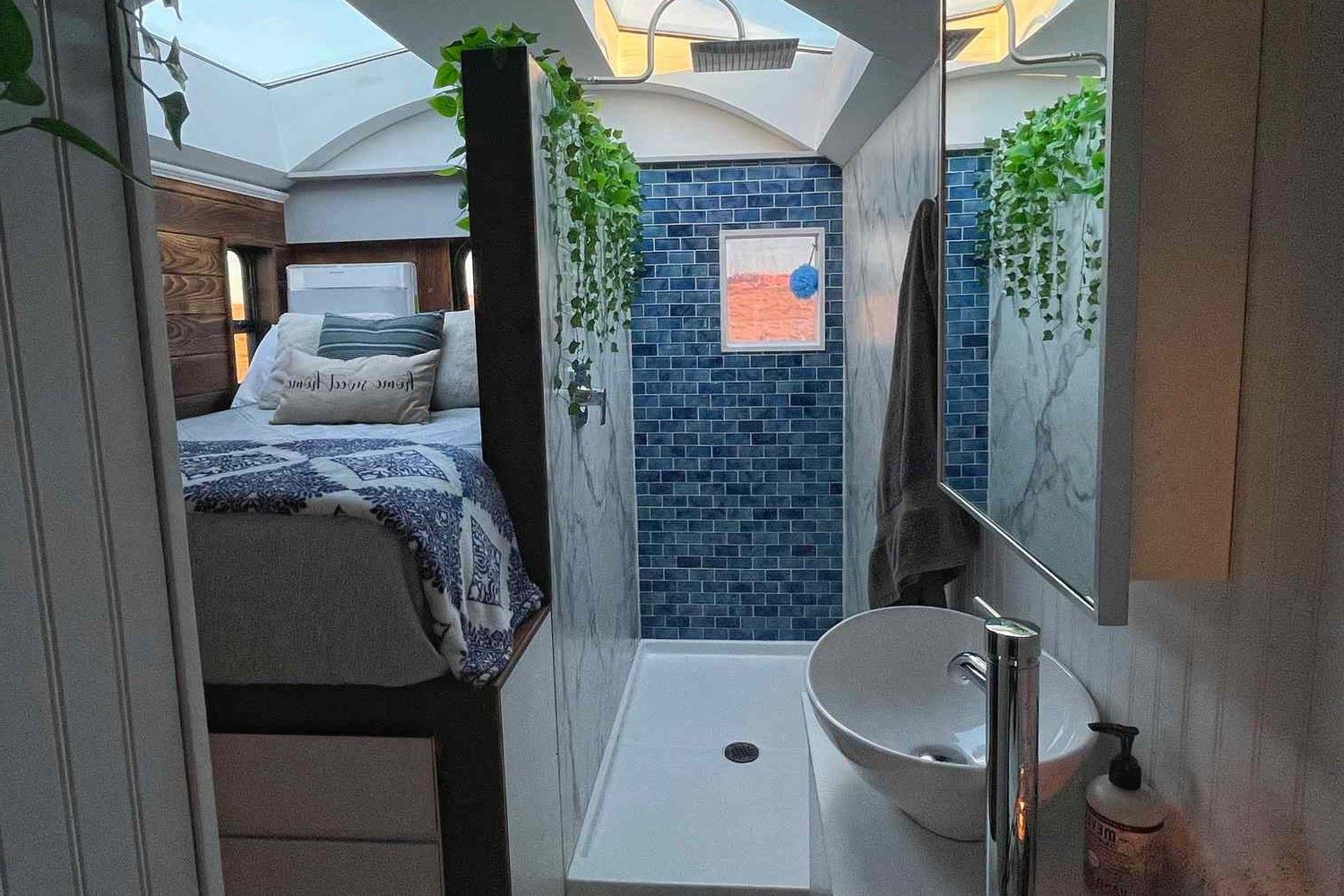
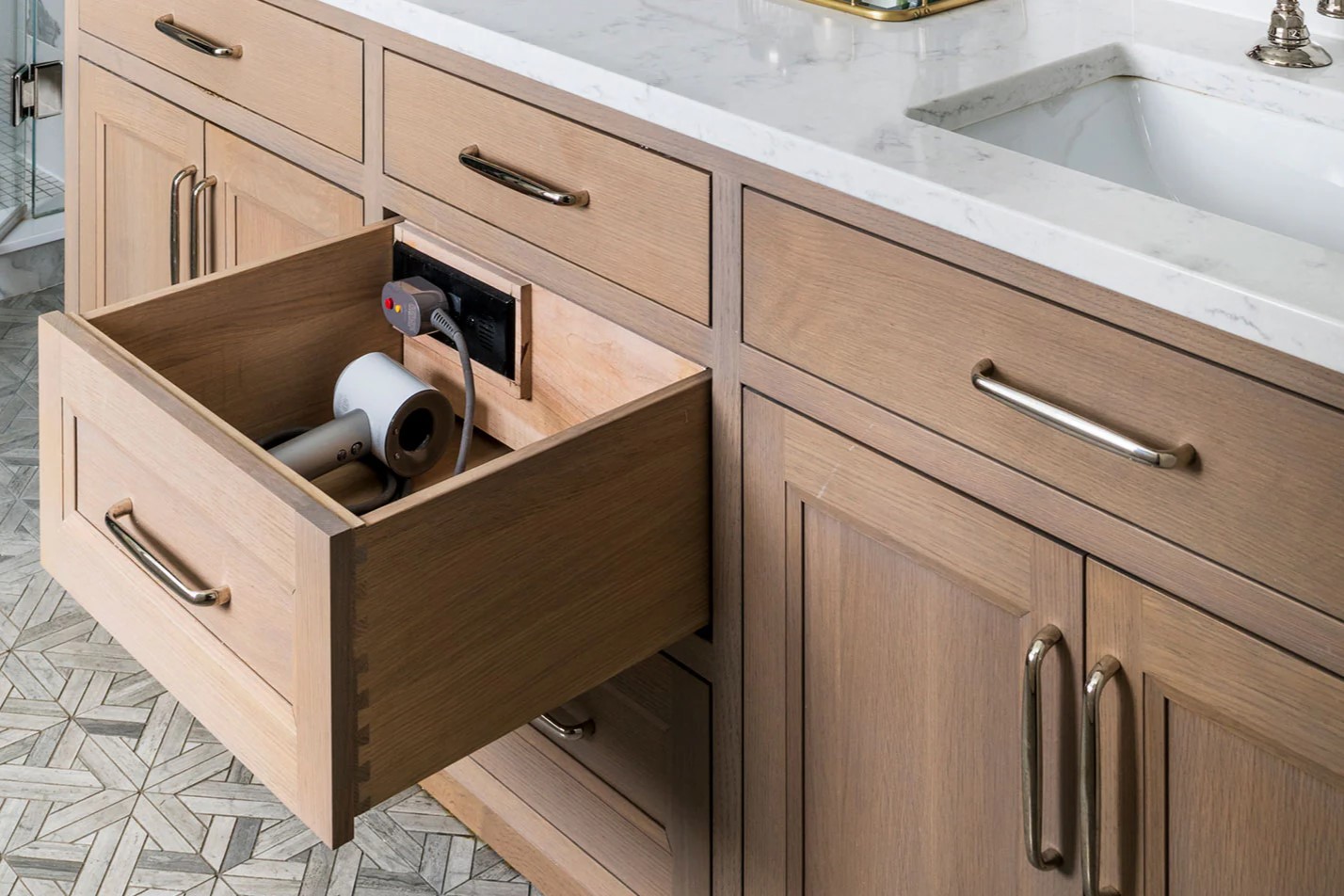
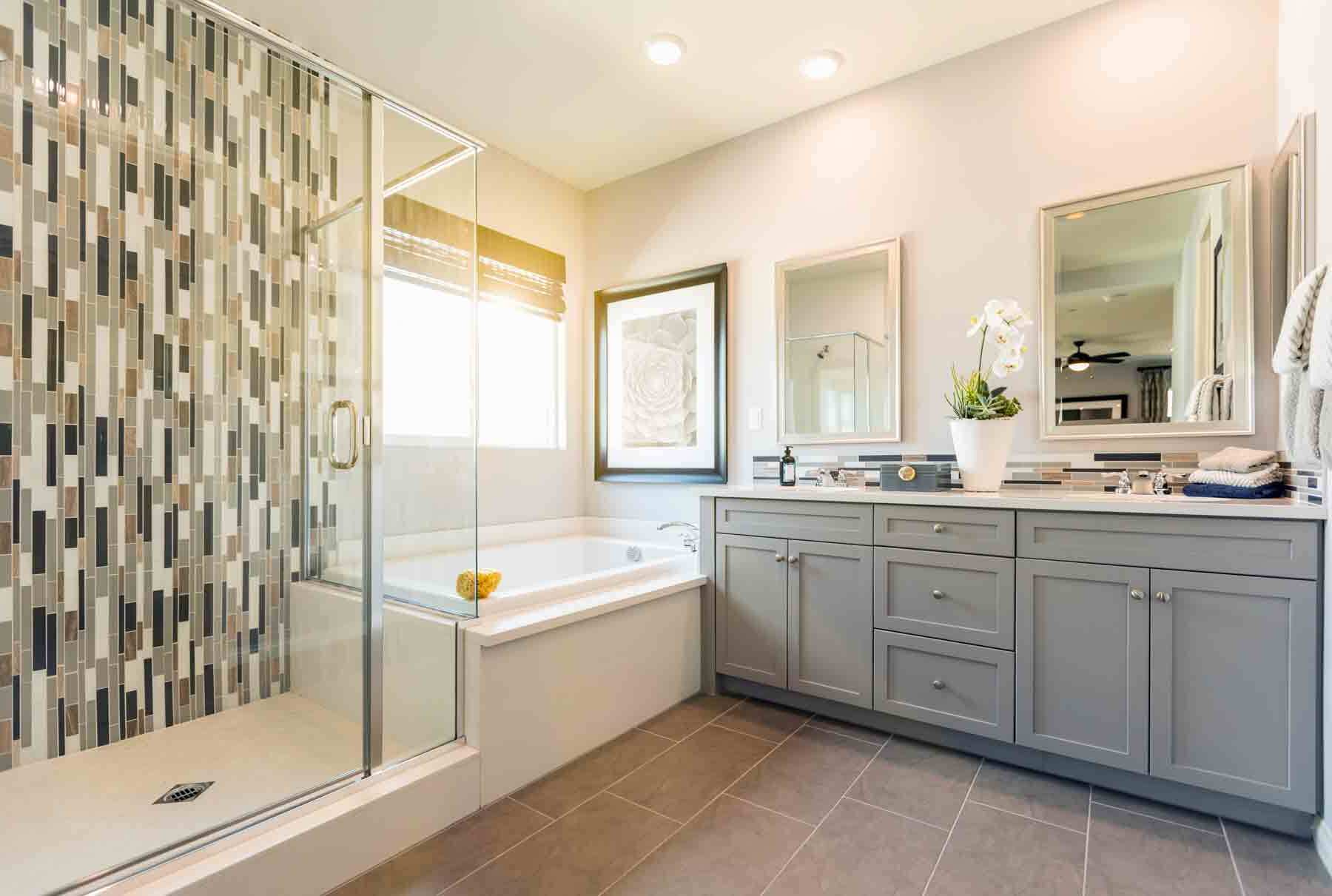
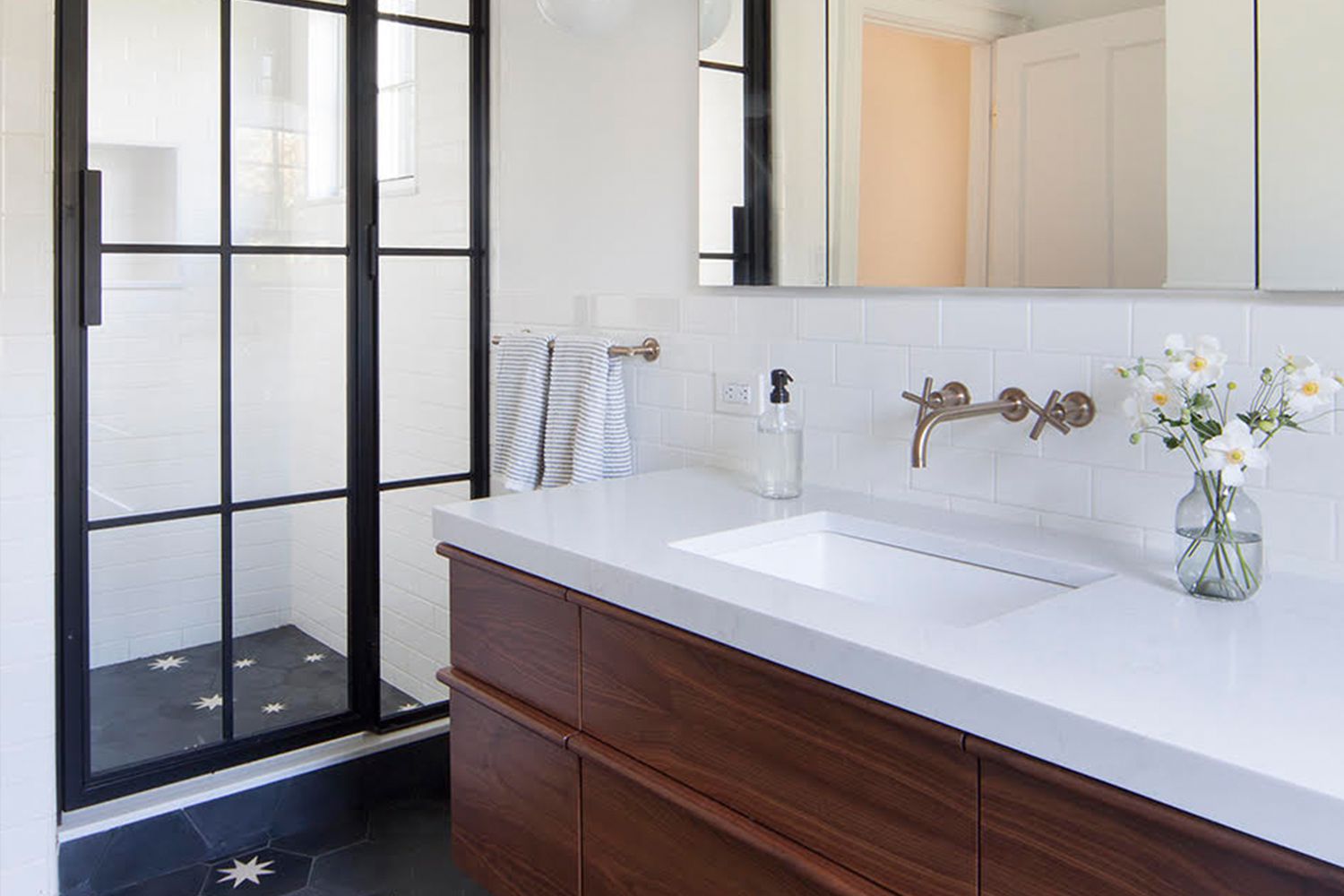
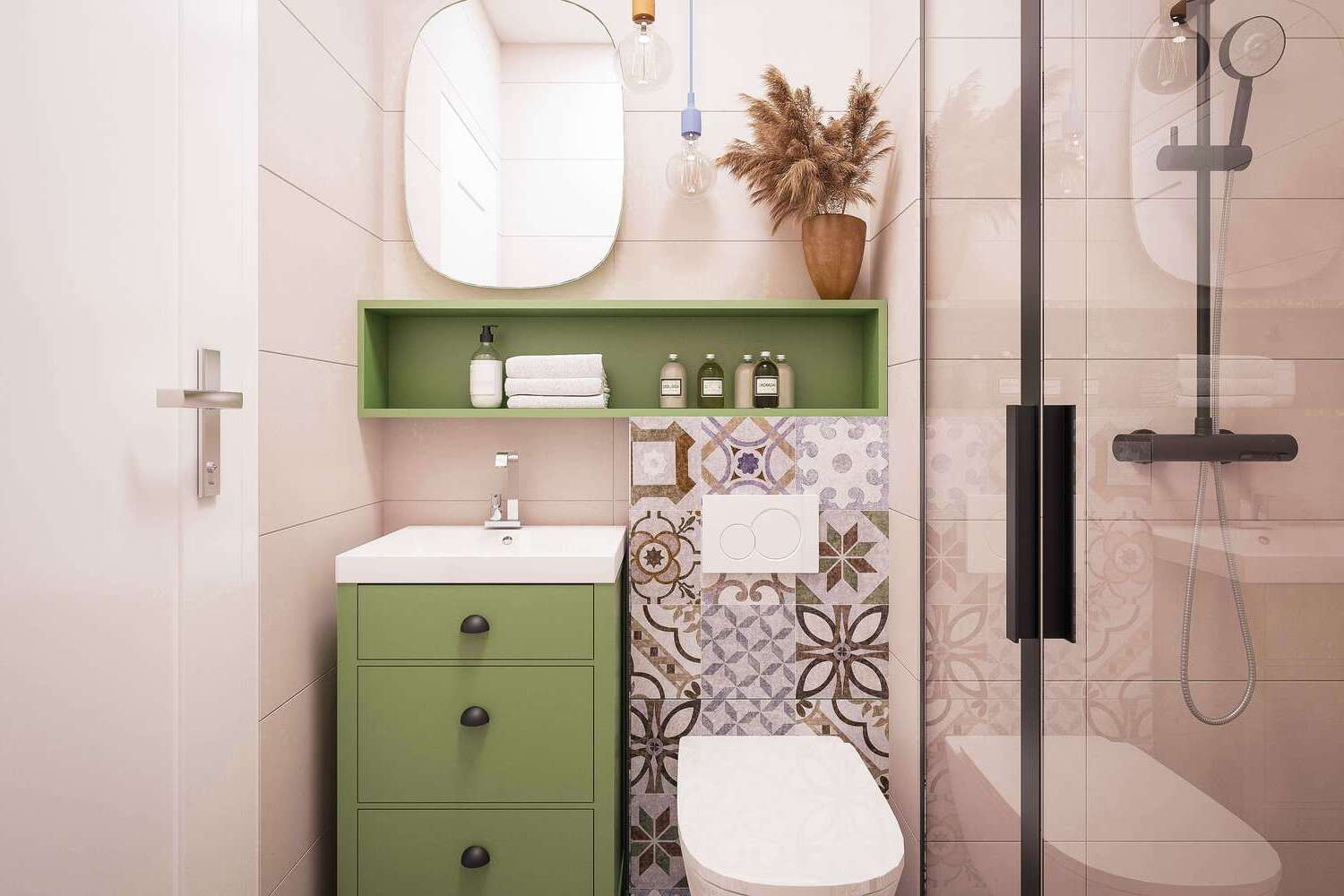

0 thoughts on “How To Choose And Install The Right Bathroom Sink For A Pedestal Vanity”